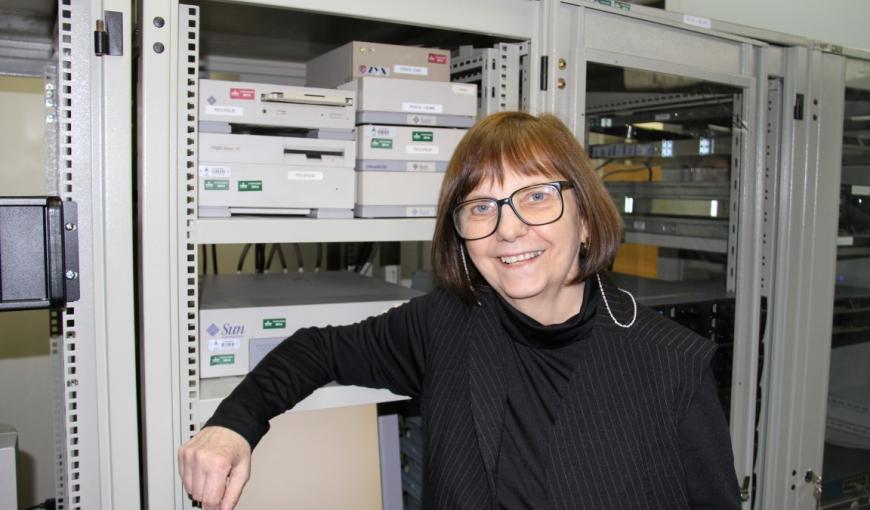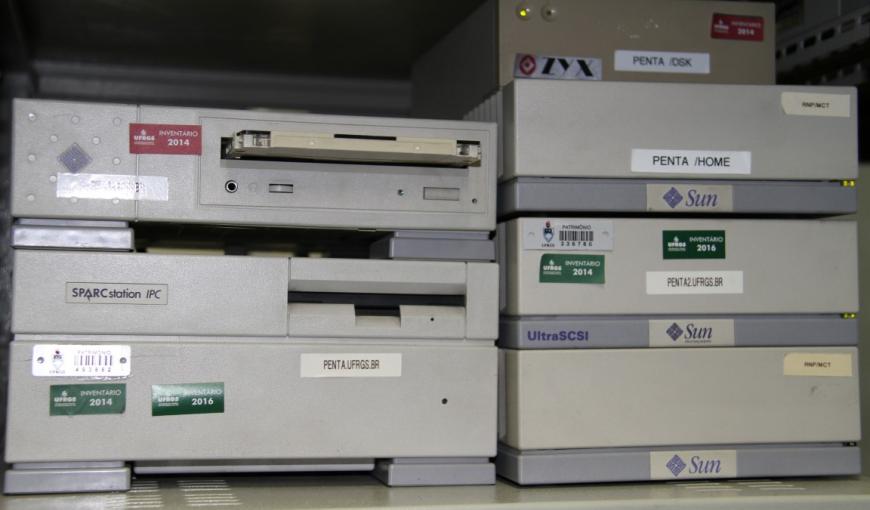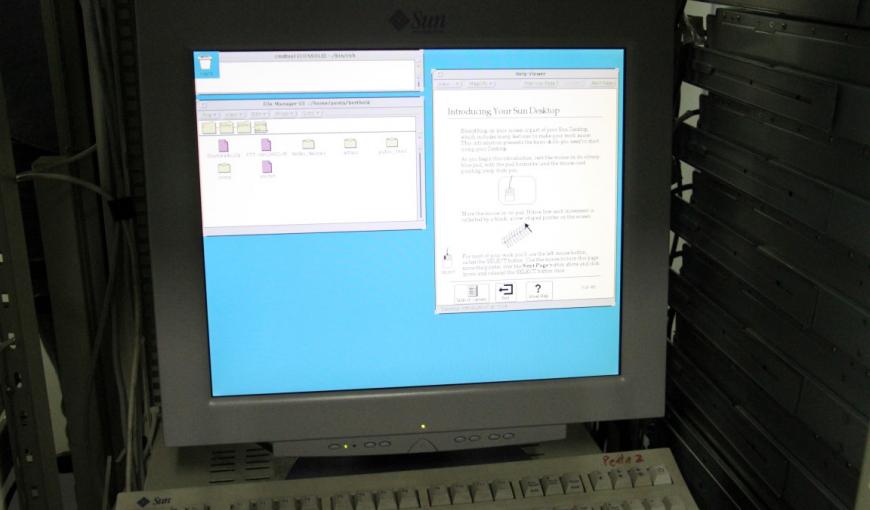First machine capable of managing networks in Brazil is working at UFRGS
In 1992, the Federal University of Rio Grande do Sul (UFRGS) was the first institution to have a machine capable of managing networks in Brazil. The equipment came in the same batch of the workstations ordered for the Eco-92, which made possible the first internet connection in the country between Rio and São Paulo. Penta was granted to the university through a research project from Liane Tarouco, author of the first book on computer networks in Brazil, published in 1977. “Perhaps Penta is the oldest operational workstation in the country”, said Liane, honoured by the Brazilian National Research and Educational Network (RNP) with the certificate of Construtores da Internet.br (Internet Builders.br).
According to the UFRGS professor, in addition to the innovation brought by the network management system – at the time, the software used was Sun Net Manager, of Sun Microsystems – Penta made possible the implementation of a web server, which was not yet used. “The first web pages hosted by Penta are from 1994. It is maybe one of the oldest web servers in the country”, she said. Penta also had an email server when the penta.ufrgs.br domain was created, which still exists, although it is hosted in another machine. The equipment further allowed to explore other innovative services such as Gopher that had a search mechanism by key word and with indexation, the forerunner of Google.
In 1992, UFRGS was also the first university in the country to have a supercomputer, CRAY YMP-2E, the first one installed below the equatorial line. With capacity of 300 megaflops, the supercomputer had vector memory and processing, and a matrix structure that allowed parallel calculations of up to 64 simultaneous operations. In order to enable the access of the scientific community to the UFRGS Supercomputer Centre, six local networks of the university in several campuses were interconnected by an optic fibre backbone, something pioneer at the time.
According to Liane, Penta helped managing the access network of CRAY, which could be used remotely by UFRGS researchers, thanks to this optic fibre backbone, for data visualization. “To astronomers, for instance, data generated by telescopes were processed in CRAY and then visualized in other machines. Civil engineers has a structure calculation project using a method of finite elements. Physics, the Instituto de Pesquisas Hidráulicas (Hydraulics Research Institute) and the Centro de Ecologia (Ecology Centre) were also the major user groups within UFRGS”, remembers the researcher.
Due to the great demand for the CRAY supercomputer, the connection between Porto Alegre and São Paulo was expanded to 64 Kb/s, the first line with that speed outside the Rio-São Paulo hub. UFRGS had Internet access since 1989, through the connection with Fapesp (São Paulo Research Foundation). With the launching of the first national network by RNP, researchers from other universities could use the CRAY supercomputer to perform their experiments.
Penta is still operational at the UFRGS Data Processing Centre, with 8 GB of hard drive and 48 MB of RAM memory, and still hosts the oldest web server in the country, available on penta.ufrgs.br(link is external). “If Penta was human, it would be a bionic human”, said Liane, referring to the “transplants” of parts from other machines. “We carried out a survey to see which machines were working the longest without rebooting, and Penta was number one, working 800 days non-stop. When it started to get older, we began to transfer the critical systems, such as electronic mail, to other machines”. The name Penta was given by Liane, as a reference to the pentagram symbolism.


